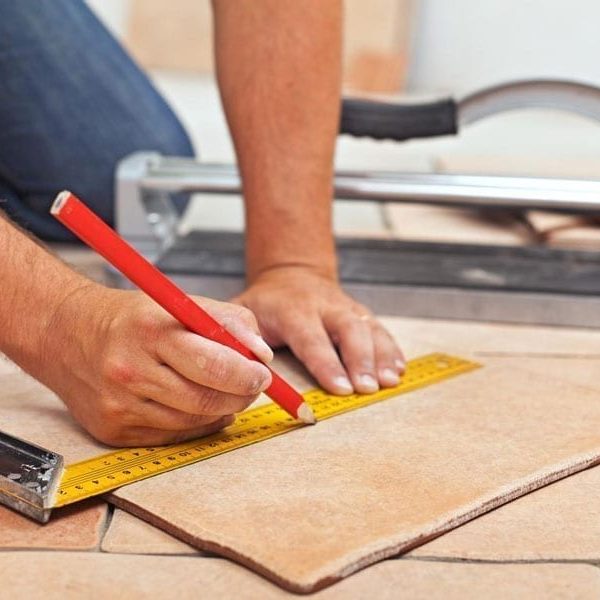Technical


Choosing the right adhesive | by Alfredo Zappa
Article published in: "Ceramic tiling in accordance with standards"
When installing ceramic tile, the choice of the adhesive or mortar is crucial not just for perfect installation but also for the durability of the tiling. For this purpose, as well as advocating compliance with the manufacturers’ recommendations, the standard UNI 11493 stresses that the adhesive should be chosen according to the project data for the place of installation, the type of substrate and the type and size of the tiles.
The parties involved
The designer: draws up the installation project and indicates which type of adhesive should be chosen in accordance with the UNI EN 12004 classification.
The client: provides all useful information on the use of the spaces and the stresses they are likely to be subject to, thereby allowing the designer to determine the technical requirements and the criteria for choosing the adhesive.
The tile layer: checks the quality of adhesive and mortar and ensures that they are correctly stored on site. Checks the state of the substrate and drafts an official report on any deviations from the project. Installs the tiling using adhesives or mortar in accordance with the requirements of the project and the recommendations of the works manager.
In detail
Annex D of UNI 11493 provides detailed guidance for designers on the choice and specification of the type of adhesive. It should be referred to for operational details. For screed and resistance class specifications, refer to UNI EN 13813.
With reference to floor tile installation using adhesive, the above-mentioned standard UNI 11493 provides a series of specifications concerning the nature of the screed. Bonded screeds, especially those with low thicknesses (< 40 mm) should be anchored to the subfloor using an adhesion promoter. Unbonded screeds (thickness ≥ 40 mm) which incorporate a separating layer (vapour barrier or some other kind) require the installation of a perimeter joint. The same applies to floating screeds, which in practice are screeds separated by a layer of thermally or acoustically insulating material. Due to the compressibility of these materials, the screed must be suitably sized and reinforced, if necessary using wire mesh. Heated screeds incorporating a heating and cooling system are growing increasingly popular, particularly for high energy efficiency architecture. In these cases, in addition to the above-listed requirements for floating screeds, a screed thickness ≥ 30 mm is required above the heating and cooling pipes. In the case of plaster for wall tiling, the most important requirements are perfect bonding to the substrate and surface strength. The bonding requirements depend on the place of installation and the specifications provided in the above-mentioned Annex D. Lastly, in the paragraph devoted to floor tiling with cementitious mortar, the standard distinguishes between bonding to the substrate and to a separation layer, in both cases with a mortar screed thickness of between 4 and 10 cm. In the case of thicknesses greater than 6 cm, the standard requires the installation of an electro-welded mesh inside the mortar. Two techniques can be used, one of which involves spreading a cement slurry and the other dusting dry cement over the mortar bed. However, the latter is not permitted for tiles larger than 30×30 cm.
For further information
Italian standard UNI 11493 – 1:2016
Ceramic floor and wall tiling
Instructions for design, installation and maintenance
Chapter: 8 – Design
Paragraphs: 7.5 Installation with adhesive. Choice and specification of the adhesive; 7.6 Installation with adhesive. Requirements concerning the screed (floor tiling) and plaster (wall tiling); 7.7 Floor tile installation using cement mortar. Conditions and specifications.
Annex: D – Choice and specification of the type of adhesive according to the design data and the selected tiling.
Other articles published in Ceramic tiling in accordance with standards

Installation requirements for a long-lasting tiled floor
Given the many different areas of application of ceramic tiling, it is crucial to perform a detailed analysis of the relevant installation requirements, including project data, specific aspects of the application context and the characteristics of the substrate layers.



